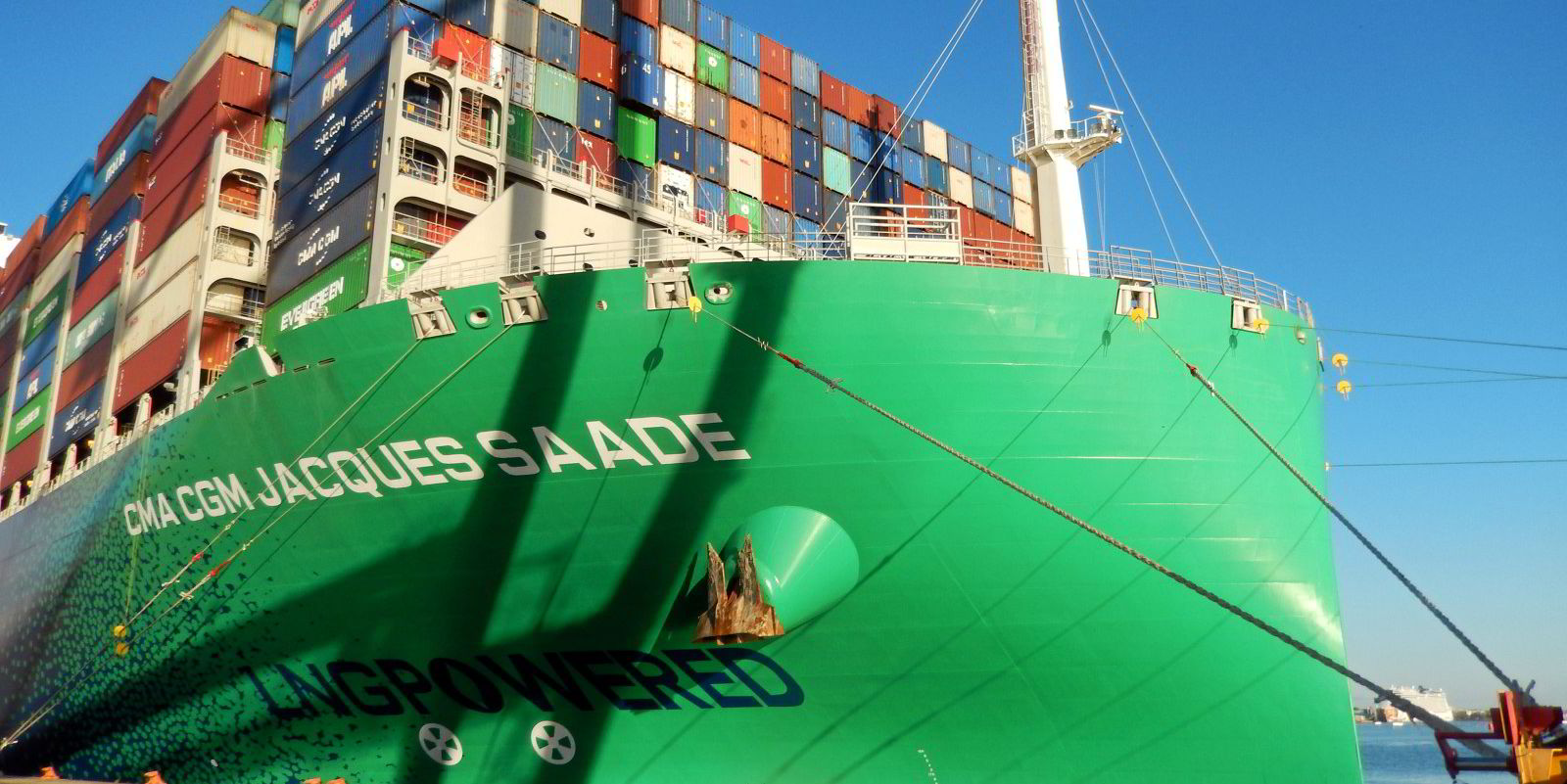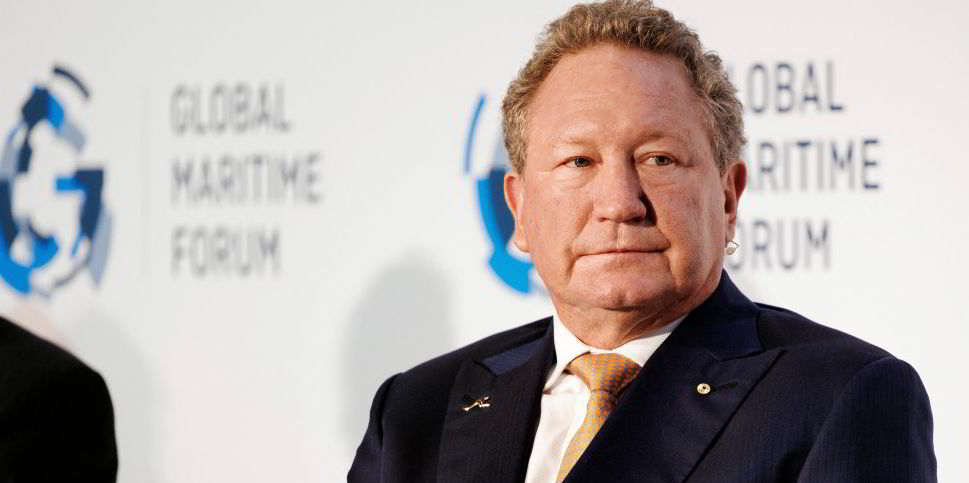Unlike in the past, there is no single solution for maritime operations. Rather, there are multiple decarbonisation solutions available that can often be combined to increase their overall impact.
Even though this fragmented approach can feel intimidating — particularly to smaller operators, who may not have the finances to fund their fleet transformations, nor the lobbying power to facilitate infrastructural change — this future is actually one that may prove more inclusive.
Traditionally, shipowners with small fleets have held off making investments until there was a clear way forward to avoid allocating limited funds to solutions that may prove unpopular in the long term. However, to remain competitive and comply with regulatory requirements, these operators must begin making their fleets environmentally friendly as soon as possible.
As such, they must use their strength in numbers to help create nuance in the dominant maritime decarbonisation narrative. Collaboration between multiple smaller stakeholders will ensure that this larger force has a louder voice.
This is particularly useful when it comes to the matter of governmental and regional funding, which plays a vital role in financing infrastructure and project grants available to all players in the supply chain.

By working together, these stakeholders can educate decision-makers and ensure that there is a wider array of investments in multiple fuels and technologies that can cater to a larger percentage of the existing fleet. Being a part of such a body will also help operators identify which solutions are gaining popularity and prevent them from making investment decisions in a silo — for both the short and long term.
A constant improvement in green credentials is the drumbeat of progress that our sector must get used to — and this rhythm must drive change at all levels
Small operators must also remember that their current fleet can already be greener — and thus attractive to charterers — by using existing technologies.
Solutions that can facilitate a reduction in fuel consumption are an ideal way to reduce both emissions and fuel costs — irrespective of fuel — and make the most of limited resources.
Furthermore, this will also allow existing vessels to comply with the International Maritime Organization's Efficiency Existing Ship Index and Carbon Intensity Indicator regulations that come into force in January 2023, and require ships to demonstrate a consistent improvement of operational efficiency that results in year-on-year emission reductions.
A constant improvement in green credentials is the drumbeat of progress that our sector must get used to — and this rhythm must drive change at all levels. Whether a seafarer, shipowner, port operative, equipment manufacturer, regulator or even government representative, we all have important roles to play in reducing the impact of the maritime sector on the environment.
It is only through buy-in from stakeholders at all levels and through the inclusion of a plethora of solutions that we can guarantee a transition to a zero-carbon future and achieve true sustainability.
Although we have a timeline for the transition to a lower-carbon future, the time for action is now. After all, not only will action to decarbonise shipping protect our working environment of the oceans, but it will also impact the lives of all living creatures on this planet.
Thomas Koniordos is chief executive of Yara Marine Technologies
Do you have an opinion to share? Email: news@tradewindsnews.com(Copyright)





